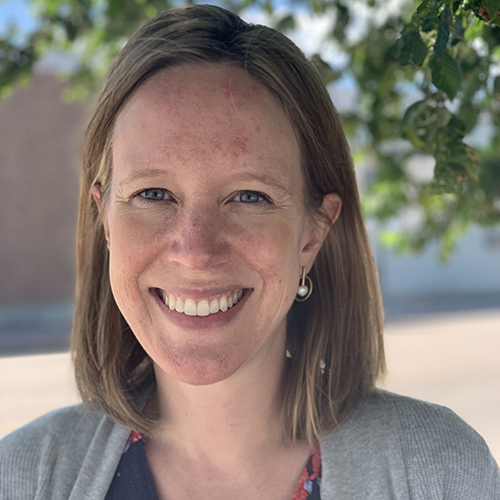When I started working at Gallup Indian Medical Center in 2013, I completed my training and applied for a waiver to be able to prescribe Suboxone, a combination of buprenorphine and naloxone that is used for treatment of opioid dependence, to my outpatients. I had only a limited exposure to this treatment while I worked at a syringe exchange program at a community clinic in Philadelphia during my residency, but there was a need for new prescribers.
We all know the statistics—someone in America dies of an opioid overdose every 15 minutes. We also know that opioid use disorder is a chronic disease with effective treatment options. Medication assisted treatment is one part of a comprehensive approach toward achieving long-term recovery and is considered one of the most effective treatment options for opioid use disorder. Medication assisted treatment is more effective than either behavioral interventions or medication alone. The goal is to support recovery and prevent relapse with medication and psychosocial therapy. We also know that medication assisted treatment is often unavailable to those that need it because of inadequate funding for treatment programs and a lack of qualified providers who can deliver these therapies.
One of my patients walked into my clinic at what she called “rock bottom”. Her life was collapsing around her and she needed help. Her boyfriend introduced her to injecting heroin and things had spun out of control. She wanted to stop, she knew things were falling apart and she knew where her path was leading her, she was a nurse after all. I started her on Suboxone. She came in weekly and her life turned around. Work was going well, she started praying again, and writing in her journal. I saw her weekly for the next two months and she started to feel more like herself.
I got a message this morning from another patient. He is currently at a residential rehab program. I have treated him with Suboxone for the past 2 years. When I first met him, he had chronic hepatitis C. With Suboxone treatment, he was able to come in regularly for appointments and lab draws. We cured his chronic liver disease. He's hardly used heroin, but struggled with meth and getting his life fully back on track. "Thanks for never giving up on me," he left on my voicemail.
The most satisfying work thus far in my career has been with patients who have hepatitis C and opioid use disorder that I have treated and started on Suboxone. The treatment has helped cure their hepatitis C and eventually cure their opioid use disorder. It’s not often that you can cure a chronic disease.
Opioid use disorder is on the rise in this country. We know that data from the Centers for Disease Control and Prevention indicates that American Indians and Alaska Natives had the second highest overdose death rates from all opioids in 2017 among racial/ethnic groups in the U.S. These overdose rates are continuing to rise each year. We also know that providing medication assisted treatment is a successful and proven treatment option.
In June, IHS announced requirements to increase access to medication assisted treatment for opioid use disorder. Read the full announcement from IHS Chief Medical Officer Rear Adm. Michael Toedt, M.D.
Related content:



